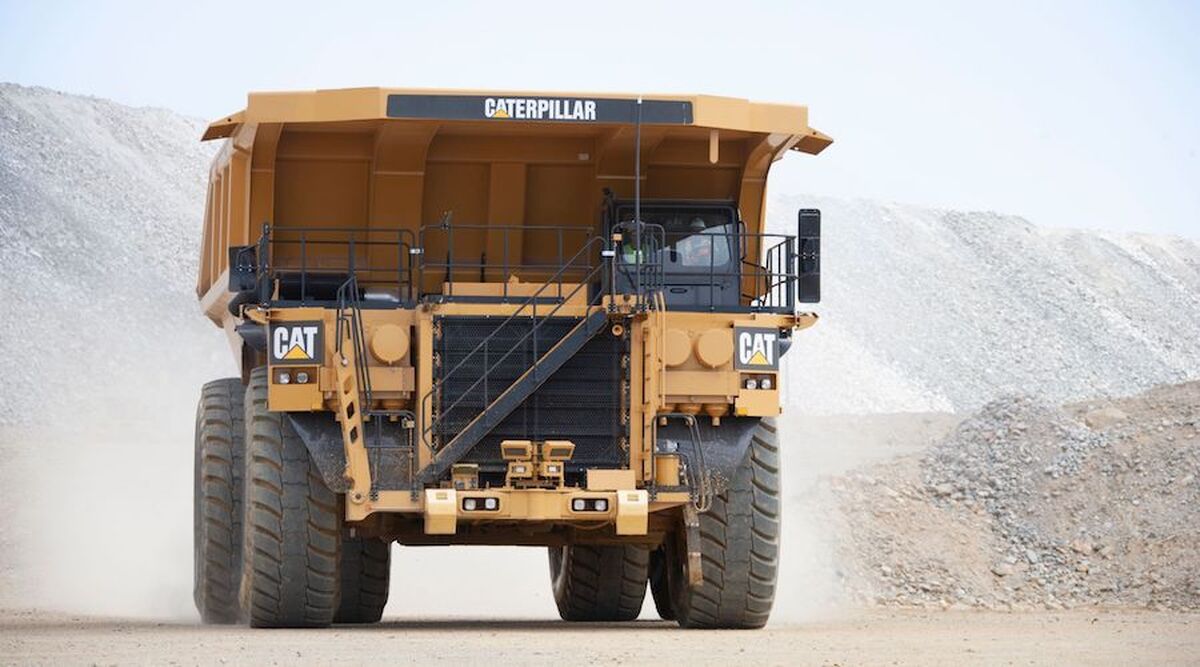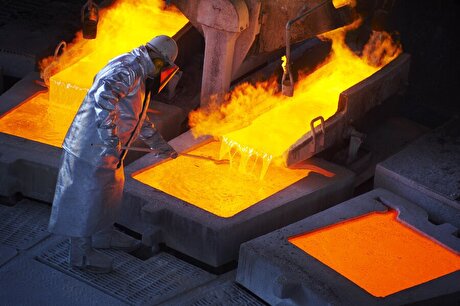
Necessity of development and modernization of mining machinery
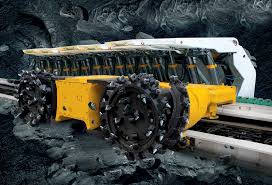
According to Iran’s Sixth Five-Year Development Plan (2017-2021), the mineral production is forecasted 700mt in the country’s outlook plan for 2025. As the current production is about 350mt, development, and modernization of equipment and machinery in all exploration, extraction, and processing sectors become almost essential.
On the other hand, the potential of Iran’s mineral reserves, as one of the economic development opportunities in the country, has not yet been adequately addressed. Currently, the contribution of the mining sector to gross domestic product (GDP) is almost 1% compared to that in richest mining countries such as Australia (7.8%), Chile (18.1%), and South Africa (14%).
Large-scale mines get the top priority for optimizing production, cutting the cost of minerals, as well as improving competitive power in global markets. To do so specialized machinery with high volume and operating power are required. For example, loaders with a bucket volume of 40 cubic meters (about 72t) and tracks with a capacity of 450t are produced to meet the needs of increasing the speed and power of loading. They are great alternatives for small volume machinery speeding up the operations.
Massive investment is required for large-scale mines; thus the leading mines in Iran are run by the government, and the private sector operates in small and medium-sized mines.
According to the Iron Ore Producers & Exporters Association of Iran (IROPEX), the total number of mines in the country is reported 5365 by the end of March 2015.
Of the mines, 91 are large-scale, and the rest are considered small and medium-sized.
Table shows the status of mines in the mentioned period.
Status of Iran’s mines by March 2015

As the table shows, small and medium-scale mines hold 98.3 percent of the total number of mines in the country. These mines account for 85 percent of the employment share, as well as 65 percent of the country’s mineral products.
The figures indicate the role of small and medium-scale mines in the development of the country’s mining sector.
In mines such as iron ore, the production of large-scale and small-scale mines appears completely different. In other words, of a total 109 iron ore mines, the share of large-scale mines accounts for 76% of the total iron ore production in the country. However, the contribution of 98 small and medium-scale mines was about 24% of the total iron ore production.
The example shows that large-scale mines (10% of the total number) have managed to acquire 76% of the total production relying on more advanced equipment. In fact, large-scale mines have been able to enhance the quality and quantity of production due to the high level of investment. However, the small and medium-scale mines are often faced with financial constraints. Even if the capital is attracted, they are confronted by other problems that will be mentioned as below.
Need for machinery
In launching mining projects, the provision of machinery and equipment is a considerable amount of the fixed costs, over 60% of the whole investment. About 24% of the operational costs are dedicated to the maintenance and repair of machinery indicating the importance of the equipment. Hence, any change in the quality and power of the system directly affects the production and productivity.
Given the volatility of the mineral market, manufacturers have to cut costs, increase production quality and choose the optimal extraction method and adequate machinery to maintain their position in the competitive market. The measures ultimately lead to a decrease in operational costs and a rise in profit margin.
Due to the country’s various climate conditions, Iranian miners are to use the machineries that are suitable for different weather conditions. An example is the machinery operating in the northwestern mines. The efficiency of these machineries is distinctly different from those working in the south-east mines despite the fact that the models are similar.
As a result, miners need to have access to manufacturing companies to select and purchase a machine compatible with their mining demands. Unfortunately, this has not been the case so far.
The leading companies in the field of mining machinery include Caterpillar, Komatsu, Sandvik, Joy Global, Hitachi, Atlas Copco, Volvo, Doosan, Metso and Liebherr. The experience of Iranian miners shows that setting up high-quality machinery of Caterpillar Company in mines is more preferable. However, the international sanctions imposed against Iran made the import of the U.S made machinery difficult in recent years. Thus other brands are replaced.
Moreover, there is no official representative for major manufacturers of mining machinery in Iran. As a result, there will be no after-sales services. Therefore, even if the miners manage to supply the machinery, the repairing and providing parts would be an enormous challenge.
Currently, due to the lifting of some sanctions and the adjustment of international trade relations, a number of heavy machinery manufacturing companies are eager to have a representative in the country. This will definitely be a contributory factor to the development of Iran’s mines.
For the time being, miners are providing the mining equipment at 30% rate of interest and there mostly fail to renew the machinery. However, contacting representative agencies in Iran will make them able to reduce a great deal of maintenance and repair costs.
There is a 20% import tariff for all mining and excavation equipment. The tariff has been set to support domestic production but there are two problems. Firstly, manufacture of the machinery is not currently feasible inside the country. Secondly, the facilities to purchase low-priced mining machinery is not available.
HEPCO, the largest manufacturer of machinery such as loader and bulldozer in Iran, has encountered many problems in importing and supplying the required parts due to the sanctions in recent years. Subsequently, miners had no choice but importing used machinery to meet their needs.
In order to support miners and facilitate the process, the government allowed the import of used machinery on May 14, 2017. It would be effective until March 2019 provided that the quality of the import is approved by the Ministry of Industry, Mine and Trade (not older than the 5-year life of the machine).
Under this act, the import, clearance, and numbering of used trucks, ordered with an engine power of above 500 horses, are allowed provided that the safety performance standards defined by the National Iranian Standard Organization are met. Although importing used machines brings down the price of purchase, it imposes the costs of maintenance and repair and reduces the efficiency.
Plan to supply 3,000 mining machinery
Considering the goal of producing 700mt minerals by 2025, the modernization and development of machinery and equipment take the main priority in the mining sector. According to a report released by the Ministry of Industry, Mine and Trade, providing 3000 mining machinery in a 5 year period will lead to the modernization of the country’s mining sector. The measure needs to be simultaneously undertaken by the public and private sector.
We hope that by the implementation of Joint Comprehensive Plan of Action (JCPOA), the obstacles in the path of international companies’ operations and investment in Iran will gradually be removed. Consequently, there will be no problem in the fields of bank cooperation, transportation, insurance and others.
With an increase in mineral demand in the coming years, mining operations will witness a rise. Subsequently, the demands for technological approaches and modern mining will also receive a boost. Therefore, a blooming market is anticipated for mining machinery.
According to the Mining Website, the global market for mining machinery and equipment will reach $156bn by 2022. The growth rate of mining equipment production is estimated to be 7.9% between 2016 and 2022. In 2015, the Asia-Pacific region earned the largest revenue coming from the mining equipment market, more than $50bn, followed by Latin America, the Middle East, and Africa.
Likewise, over 39% of the mining equipment market was dedicated to metal mines in 2015. The metal mines are expected to grow by more than 10.3% due to the high demand for metals such as copper, nickel, lead and zinc.


Trump weighs using $2 billion in CHIPS Act funding for critical minerals

Codelco cuts 2025 copper forecast after El Teniente mine collapse

Electra converts debt, launches $30M raise to jumpstart stalled cobalt refinery

Barrick’s Reko Diq in line for $410M ADB backing

Abcourt readies Sleeping Giant mill to pour first gold since 2014

Nevada army depot to serve as base for first US strategic minerals stockpile

SQM boosts lithium supply plans as prices flick higher

Viridis unveils 200Mt initial reserve for Brazil rare earth project
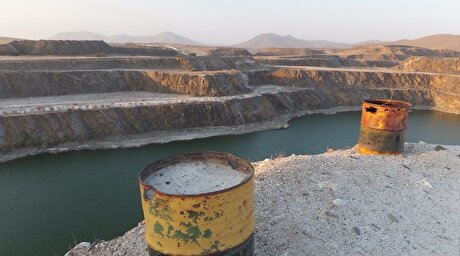
Tailings could meet much of US critical mineral demand – study
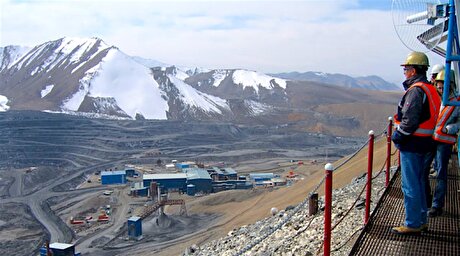
Kyrgyzstan kicks off underground gold mining at Kumtor
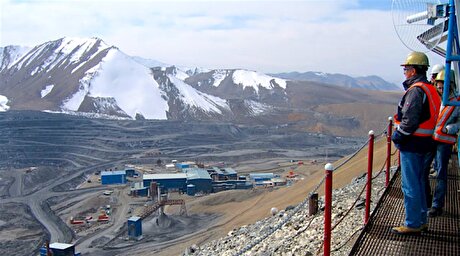
Kyrgyzstan kicks off underground gold mining at Kumtor
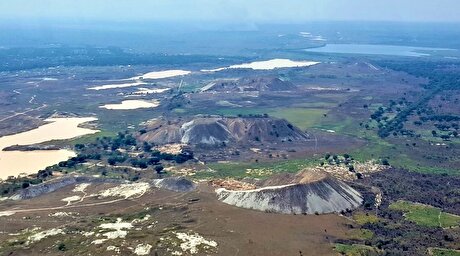
KoBold Metals granted lithium exploration rights in Congo
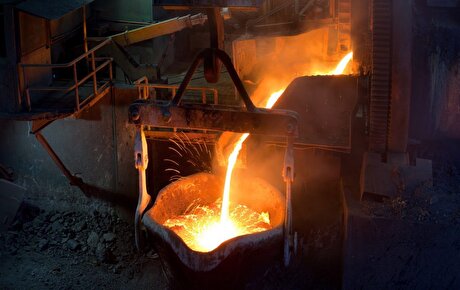
Freeport Indonesia to wrap up Gresik plant repairs by early September
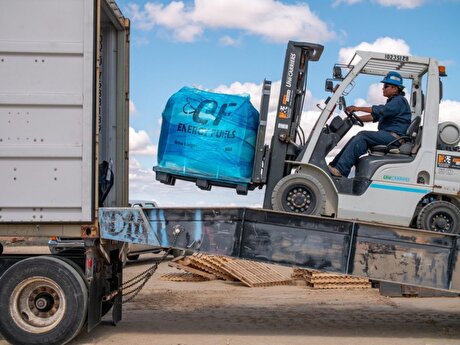
Energy Fuels soars on Vulcan Elements partnership
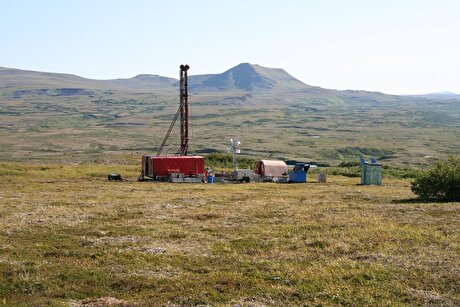
Northern Dynasty sticks to proposal in battle to lift Pebble mine veto
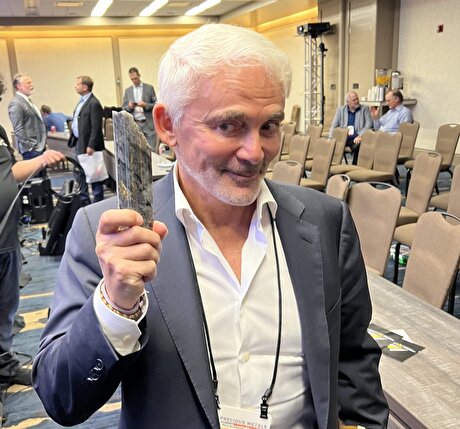
Giustra-backed mining firm teams up with informal miners in Colombia
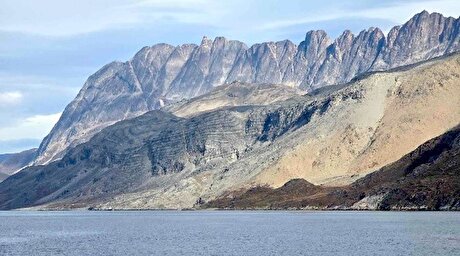
Critical Metals signs agreement to supply rare earth to US government-funded facility
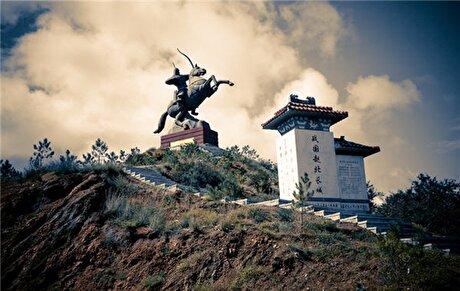
China extends rare earth controls to imported material
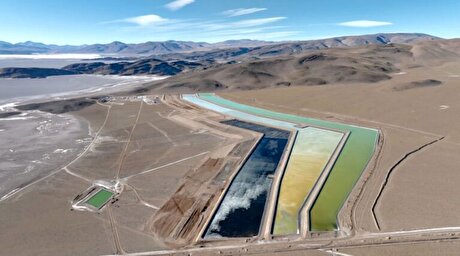
Galan Lithium proceeds with $13M financing for Argentina project

Kyrgyzstan kicks off underground gold mining at Kumtor

Freeport Indonesia to wrap up Gresik plant repairs by early September

Energy Fuels soars on Vulcan Elements partnership

Northern Dynasty sticks to proposal in battle to lift Pebble mine veto

Giustra-backed mining firm teams up with informal miners in Colombia

Critical Metals signs agreement to supply rare earth to US government-funded facility

China extends rare earth controls to imported material

Galan Lithium proceeds with $13M financing for Argentina project
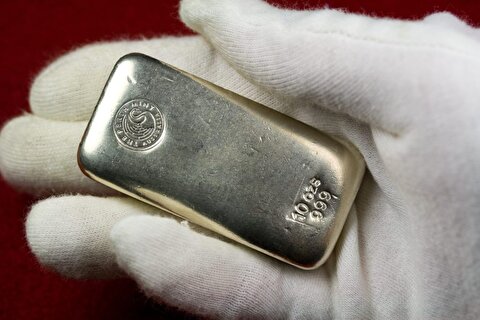
Silver price touches $39 as market weighs rate cut outlook

